Lehne’s Pharmacology for Nursing Care 9th Edition by Jacqueline Burchum
Chapter 3
MULTIPLE CHOICE
1. A nurse educator is conducting a continuing education class on pharmacology. To evaluate the learning of the nurses in the class, the nurse educator asks, “Which drug name gives information about the drug’s pharmacologic classification?” Which is the correct response?
|
a. |
Amoxicillin |
|
b. |
Tylenol |
|
c. |
Cipro |
|
d. |
Motrin |
ANS: A
Amoxicillin is the generic name, and the suffix “-cillin” indicates that it belongs to the penicillin class of antibiotics. Tylenol, Cipro, and Motrin are all trade names without segments that indicate their pharmacologic class.
PTS: 1 DIF: Cognitive Level: Comprehension REF: p. 18
TOP:Nursing Process: Diagnosis
MSC: NCLEX Client Needs Category: Physiologic Integrity: Pharmacologic and Parenteral Therapies
2. The FDA Amendments Act (FDAAA) was passed in 2007 to address which aspect of drug safety?
|
a. |
Allowing pharmaceutical companies to identify off-label uses of medications approved for other uses |
|
b. |
Evaluating drug safety information that emerges after a drug has been approved and is in use |
|
c. |
Expediting the approval process of the U.S. Food and Drug Administration (FDA) so that needed drugs can get to market more quickly |
|
d. |
Requiring manufacturers to notify patients before removing a drug from the market |
ANS: B
The FDAAA was passed to enable the Food and Drug Administration to continue oversight of a drug after granting it approval so that changes in labeling could be made as necessary and postmarketing risks could be tracked and identified. A provision of the FDA Modernization Act (FDAMA), passed in 1997, allows drug companies to promote their products for off-label uses as long as they promise to conduct studies to support their claims. Regulations to permit accelerated approval of drugs for life-threatening diseases were adopted in 1992 by the FDA. The requirement that drug companies notify patients 6 months before removing a drug from the market is a provision of the FDAMA.
PTS: 1 DIF: Cognitive Level: Comprehension REF: pp. 14-15
TOP:Nursing Process: Evaluation
MSC: NCLEX Client Needs Category: Physiologic Integrity: Pharmacologic and Parenteral Therapies
3. A nursing student asks a nurse about pharmaceutical research and wants to know the purpose of randomization in drug trials. The nurse explains that randomization is used to do what?
|
a. |
To ensure that differences in outcomes are the result of treatment and not differences in subjects |
|
b. |
To compare the outcome caused by the treatment to the outcome caused by no treatment |
|
c. |
To make sure that researchers are unaware of which subjects are in which group |
|
d. |
To prevent subjects from knowing which group they are in and prevent preconception bias |
ANS: A
Randomization helps prevent allocation bias, which can occur when researchers place subjects with desired characteristics in the study group and other subjects in the control group so that differences in outcome are actually the result of differences in subjects and not treatment. Comparing treatment outcome to no treatment outcome is the definition of a controlled study. The last two options describe the use of blinding in studies; blinding ensures that researchers or subjects (or both) are unaware of which subjects are in which group so that preconceptions about benefits and risks cannot bias the results.
PTS: 1 DIF: Cognitive Level: Comprehension REF: pp. 15-16
TOP:Nursing Process: Implementation
MSC: NCLEX Client Needs Category: Physiologic Integrity: Pharmacologic and Parenteral Therapies
4. Someone asks a nurse about a new drug that is in preclinical testing and wants to know why it cannot be used to treat a friend’s illness. Which statement by the nurse is correct?
|
a. |
“A drug at this stage of development can be used only in patients with serious disease.” |
|
b. |
“At this stage of drug development, the safety and usefulness of the medication is unknown.” |
|
c. |
“Clinical trials must be completed to make sure the drug is safe to use in humans.” |
|
d. |
“Until postmarketing surveillance data are available, the drug cannot be used.” |
ANS: B
Preclinical testing must be completed before drugs can be tested in humans. In this stage, drugs are evaluated for toxicities, pharmacokinetic properties, and potentially useful effects. Some drugs can be used in patients before completion of Phase III studies, but this is after preclinical testing is complete. Clinical trials proceed in stages, and each stage has guidelines defining how a new drug may be used and which patients may receive it. Postmarketing surveillance takes place after a drug is in general use.
PTS: 1 DIF: Cognitive Level: Comprehension REF: p. 16
TOP:Nursing Process: Implementation
MSC: NCLEX Client Needs Category: Physiologic Integrity: Reduction of Risk Potential
5. A patient asks a nurse why drugs that have been approved by the FDA still have unknown side effects. What will the nurse tell the patient?
|
a. |
Testing for all side effects of a medication would be prohibitively expensive. |
|
b. |
Patients in drug trials often are biased by their preconceptions of a drug’s benefits. |
|
c. |
Researchers tend to conduct studies that will prove the benefits of their new drugs. |
|
d. |
Subjects in drug trials do not always represent the full spectrum of possible patients. |
ANS: D
All drug trials are limited by a relatively small group of subjects who may not have all the characteristics of people who will be using the drug; therefore, some side effects go undetected until the drug is in use. Although drug trials are very expensive, this is only an indirect reason they do not detect all side effects before approval. In theory, well-designed drug trials, using blinded studies, minimize or eliminate subject bias. Designing studies to prove desired results is unethical.
PTS: 1 DIF: Cognitive Level: Analysis REF: p. 17
TOP:Nursing Process: Implementation
MSC: NCLEX Client Needs Category: Physiologic Integrity: Pharmacologic and Parenteral Therapies

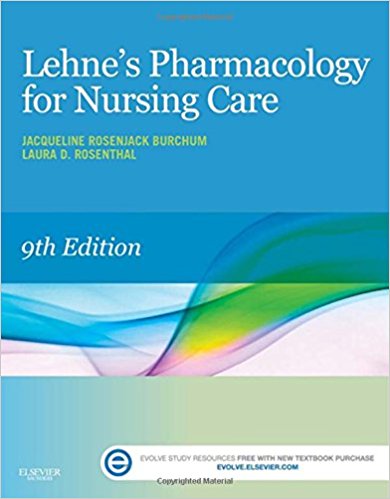





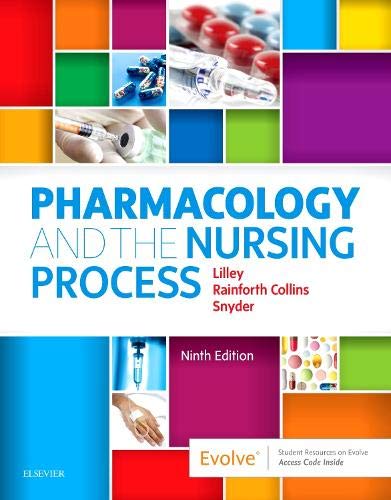
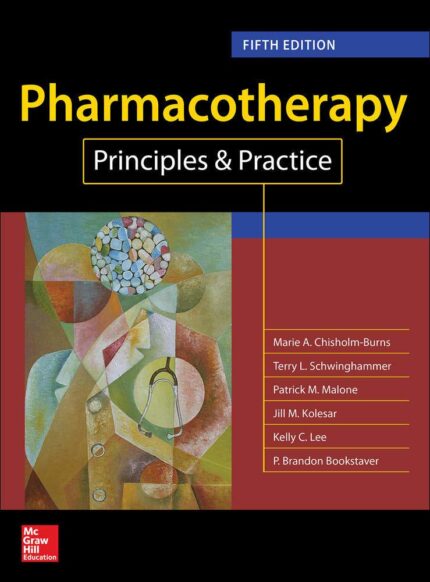



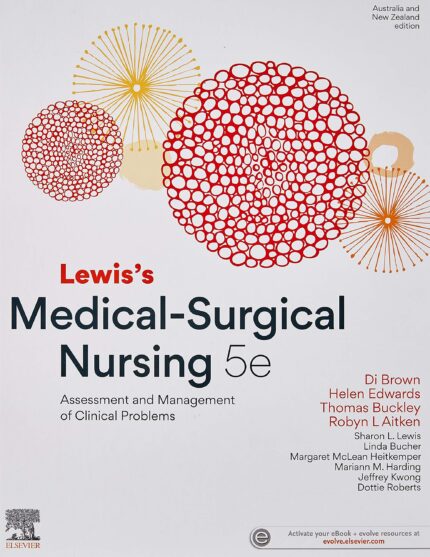
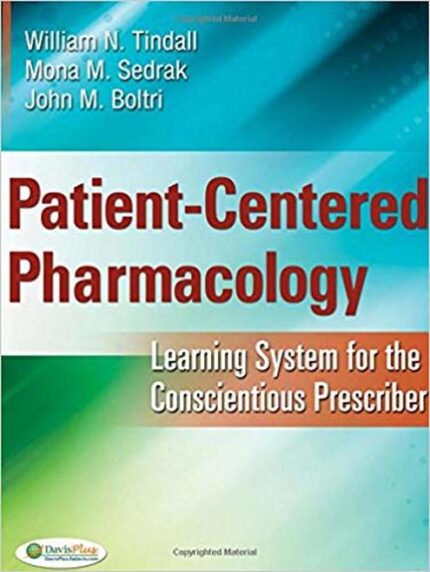
Reviews
There are no reviews yet.